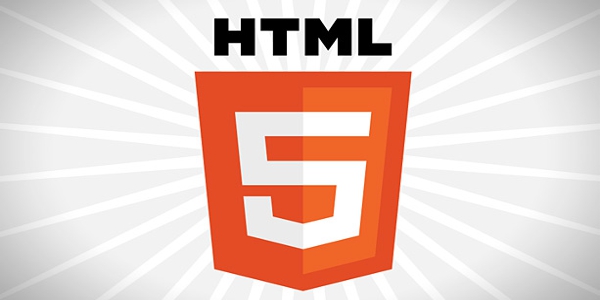At present, the Internet is on the cusp of the next big step in web design languages. HTML5 is already used in several websites due to the streamlined functionality it offers over HTML4. It is quite likely we will see HTML5 become the new industry standard due to several key differences that make it superior to HTML4. That, of course, will change some of the ways we approach building SEO friendly websites.
New Tags With Cleaner Definition
HTML4 was originally developed with the ability to take a webpage with misused tags and smooth it over for presentation. The result is commonly referred to as a “malformed page”. The problem that arose was lack of clear definition of how tags were cleaned up. In theory, it is a good practice because humans will make mistakes. That did not address the difficulties developers faced trying to figure out what exactly HTML4 was doing.
A primary goal with HTML5 is to clearly define error handling. That will make it easier for new browsers to interpret and display the data correctly without a malformed page. Effective SEO will demand tighter standards from the developer to ensure the code is correct. Results should be more refined with less clutter to interpret.
Expanded Library Of “Rel” Attributes
Incorporating a massive number of rel attributes into HTML5 was essential for the direction that web design has taken. The benefit of this expanding library is to let the crawlers efficiently interpret vital information about the content they are looking at. Is it a section? Is it a help document? Is it a table of contents? Expanded rel attributes allow the document to tell the crawler exactly what it is looking at. Thus, improved indexing and display on relevant SERPs is expected.
Some of the attributes that are to be made standard in HTML5 include the previously non-standard but widely used “rel-nofollow” and “rel-pingback”, developed and used by Google and WordPress, respectively.
The new attributes that will be of most interest for SEO are:
- The rel-author attribute – pointing to information about the content author, useful for in-house SEO doing blogging outreach. This has come into effect with Google authorship.
- The rel-tag attribute – allowing a linking site to be marked as a “tag” for the content you are currently viewing, it could potentially pass down less “link juice” then non-attributed links – a “tag” relates a site but a proper link denotes a source of information.
- The rel-search (and the rel-sitemap) attributes – pointing web crawlers to specific indexing information which will make the crawling process easier on them and on people doing on-page SEO.
Improved Base Document Tags
Video is an all important part of creating a winning, user friendly experience for a website. The HTML5 video tag allows information to be more effectively interpreted in regards to the video. Greater weight can be given to videos while short flash-based applications can be sifted through with greater ease. A designer can further streamline their video player functionality through the improved tags. The video title tag can be used much the same as a H1 header to get your videos indexed and connected to relevant queries.
Looking Ahead
It is not entirely clear how the Internet will move forward into HTML5. Microsoft Internet Explorer is a major browser with a large market share that is not compliant. To accommodate IE users, HTML5 pages need to have some alternate programming to identify the user and provide them a usable experience.
On the other hand, Google is making use of the coming HTML5 technology already. The future development of YouTube does take into account several HTML5 factors. Even if Microsoft attempts to hold out in the long run, it seems that much of the Internet is getting ready to take those steps forward. Gone will be the days of malformed web pages comprised of ‘tag soup’. Instead, we can look forward to enhanced, streamlined performance that will provide greater benefit to developers and SEO professionals through refinement of the approach.
But what do you think? Please leave your comments below.


CommentLuv vs Disqus – Why I Don’t Use CommentLuv!